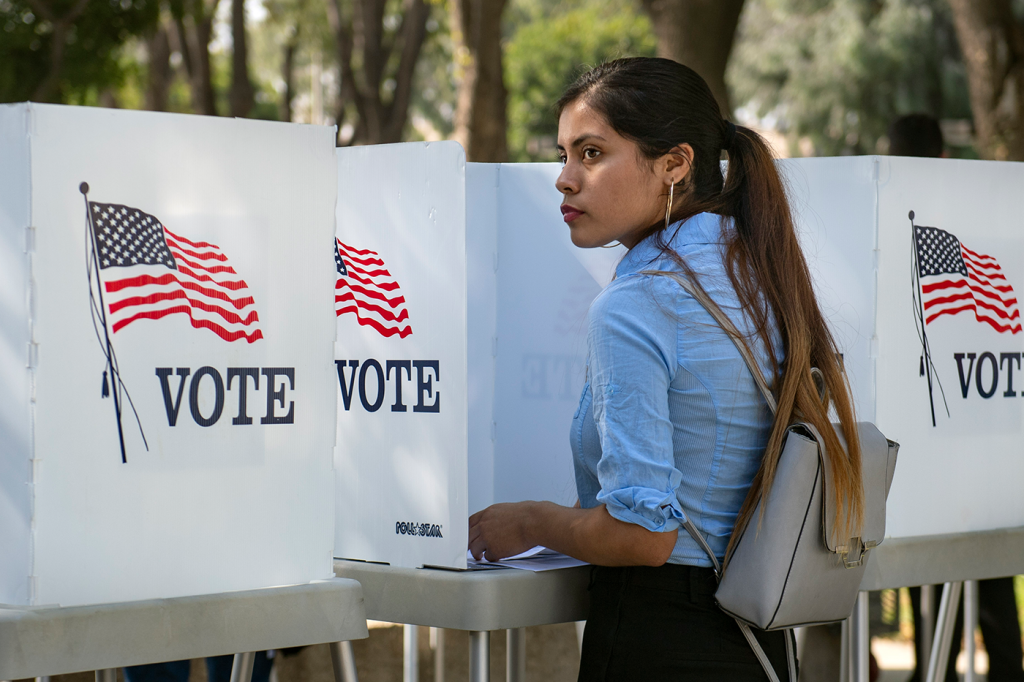Overview:
This ten state analysis of high density Latino and Asian American voting precincts offer valuable insights into the preferences and participation of these electorates going into the November election. Among those states in which we have data, the Latino and Asian American electorates did not grow significantly when comparing ballots cast between the 2016 and 2020 primary elections. The exception to this pattern was among high density Asian American precincts in Texas where the growth of new voters was strong. While the COVID-19 pandemic may partially explain the slow growth of voters, it does suggest that the Democratic party can do more to mobilize Latino and Asian American voters for the general election. Given the fact that Vice President Biden is the presumptive Democratic nominee when Latino and Asian American voters had offered strong support for Sanders in state primaries, Democrats will need to make solid efforts to encourage Latino and Asian American voters to turn out in November.
Key Findings:
- The strong Latino and Asian American support for Bernie Sanders’ candidacy during the primaries reflected his campaign’s investments in grassroots engagement, which helped turn everyday voters into campaign “ambassadors” within their families and communities. This should be a lesson for candidates in the upcoming general election.
- Quality-of-life issues played a leading role in voting decisions, even before the COVID-19 pandemic began. Latino and Asian American voters wanted candidates to address how to keep their families healthy, to lead with diversity and to have a plan for making the American Dream accessible.
- Even if universal vote-by-mail were to be implemented, the change would not by itself guarantee Latino voter turnout, particularly among communities of color. Education and outreach efforts to encourage voter turnout should be launched immediately.













